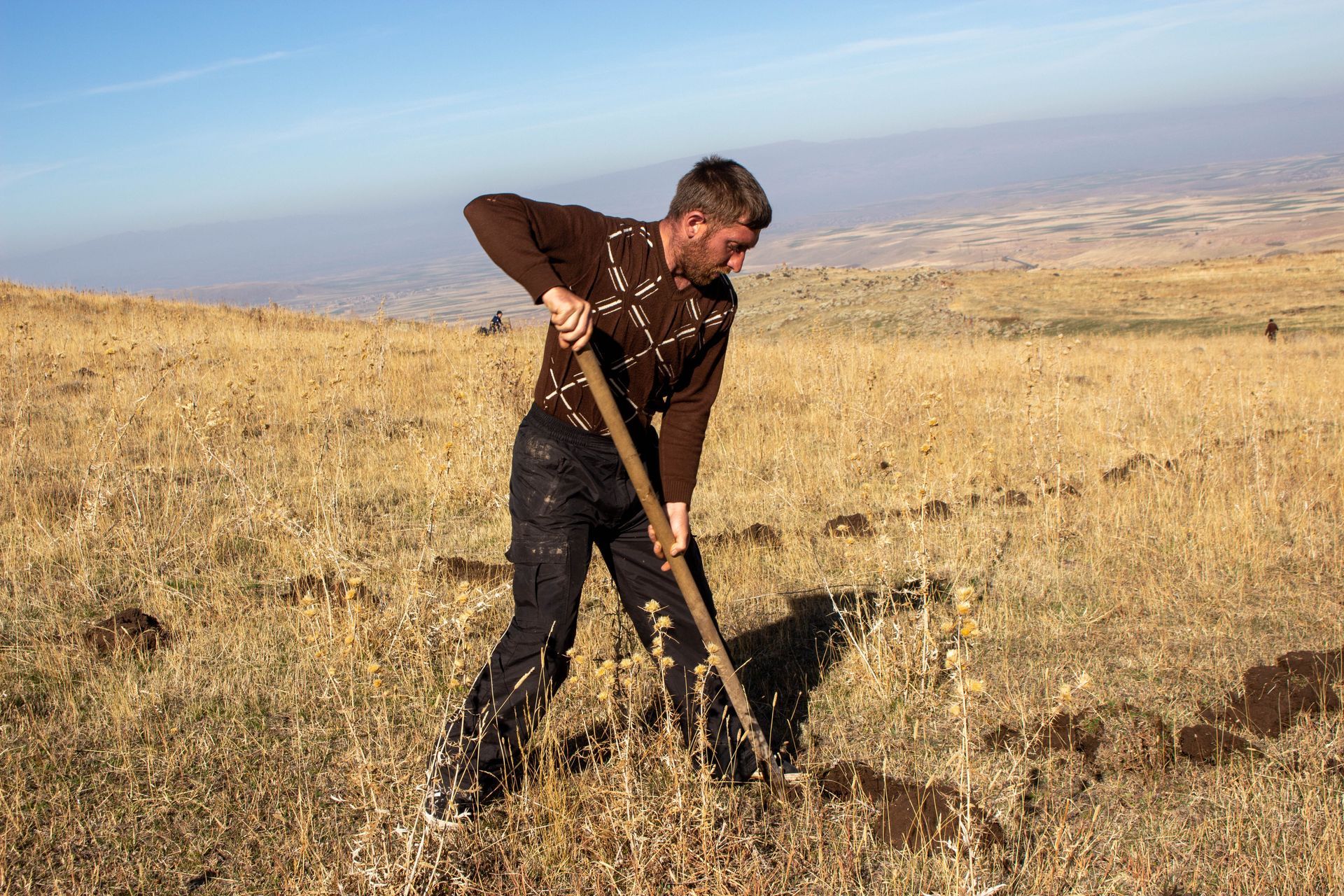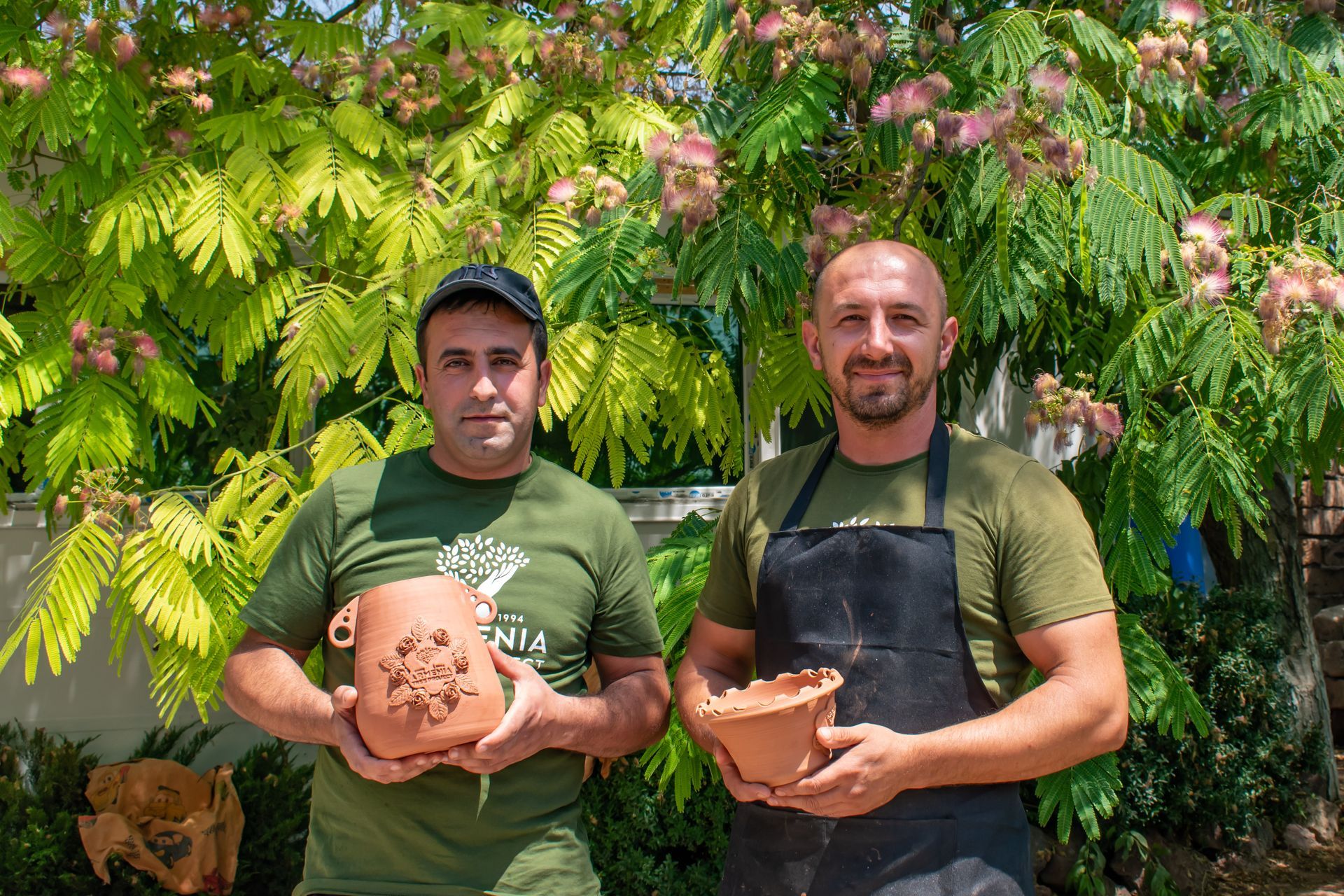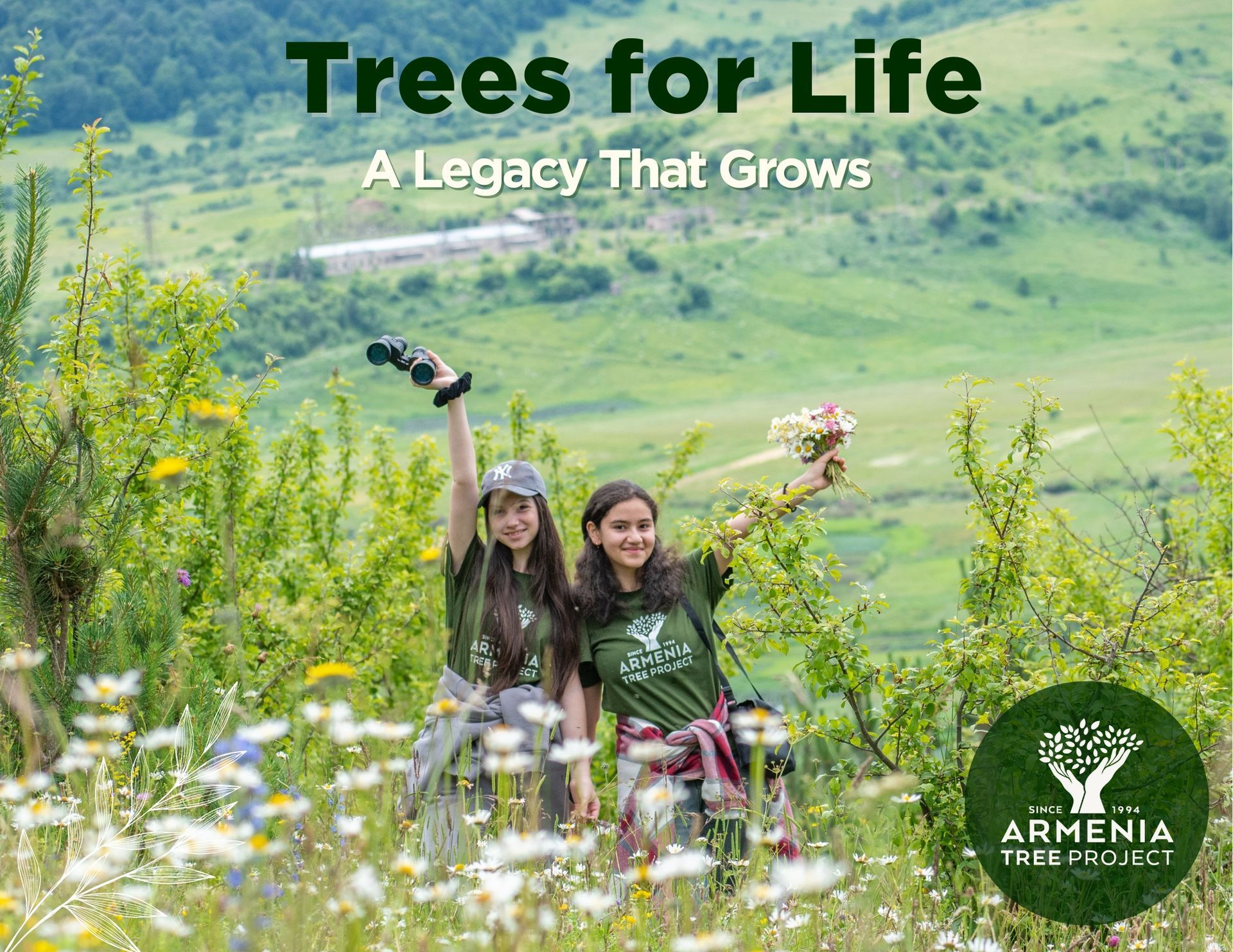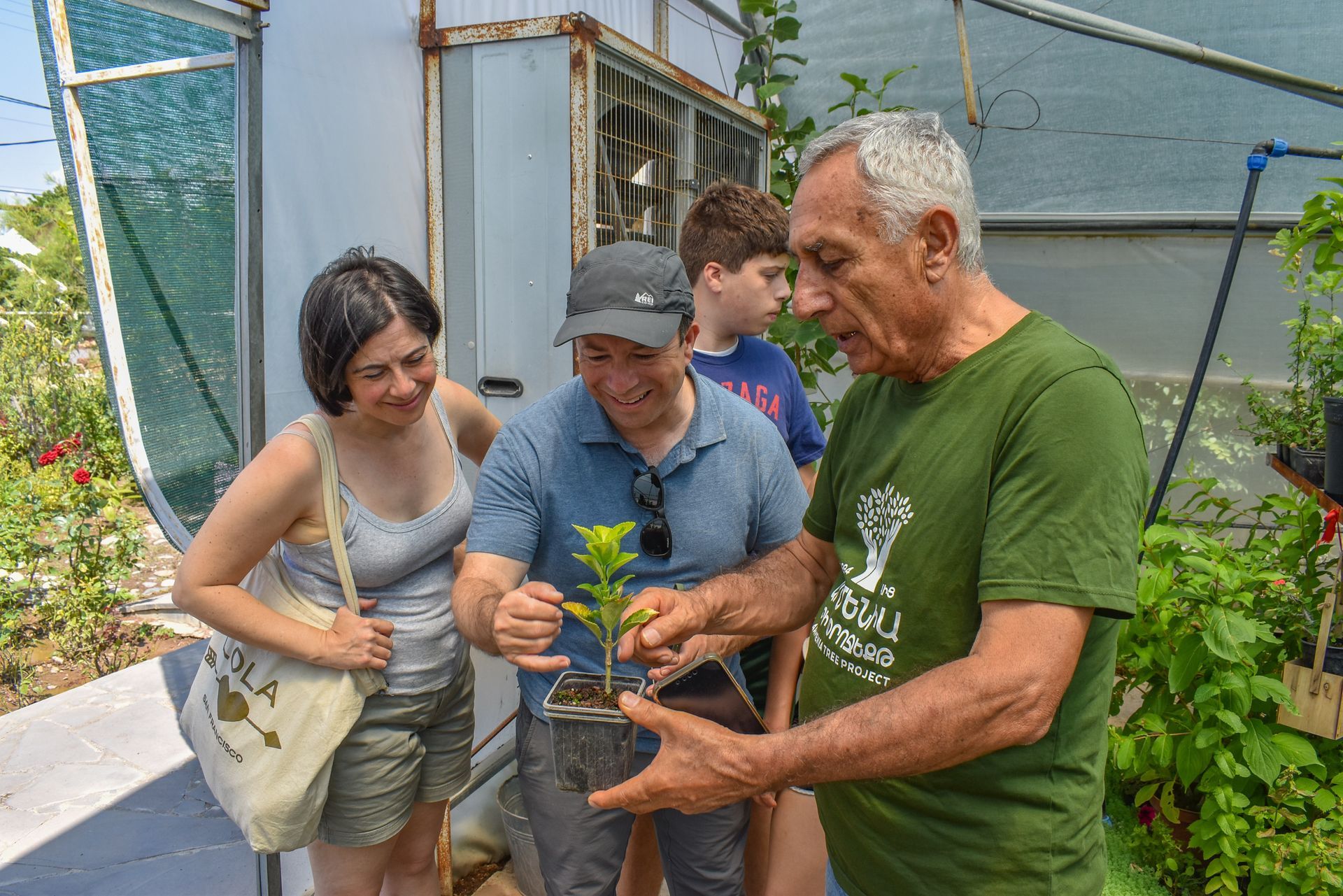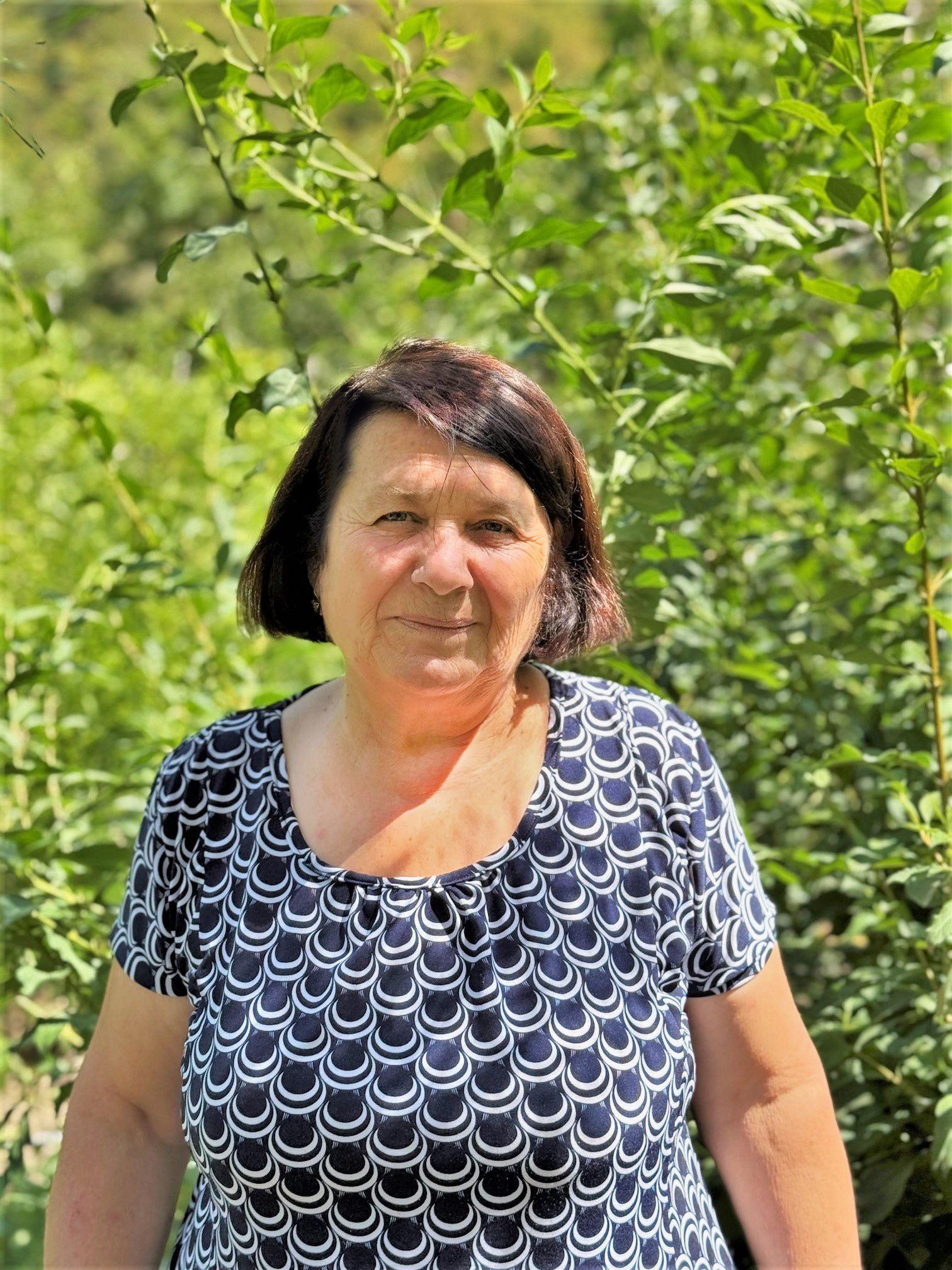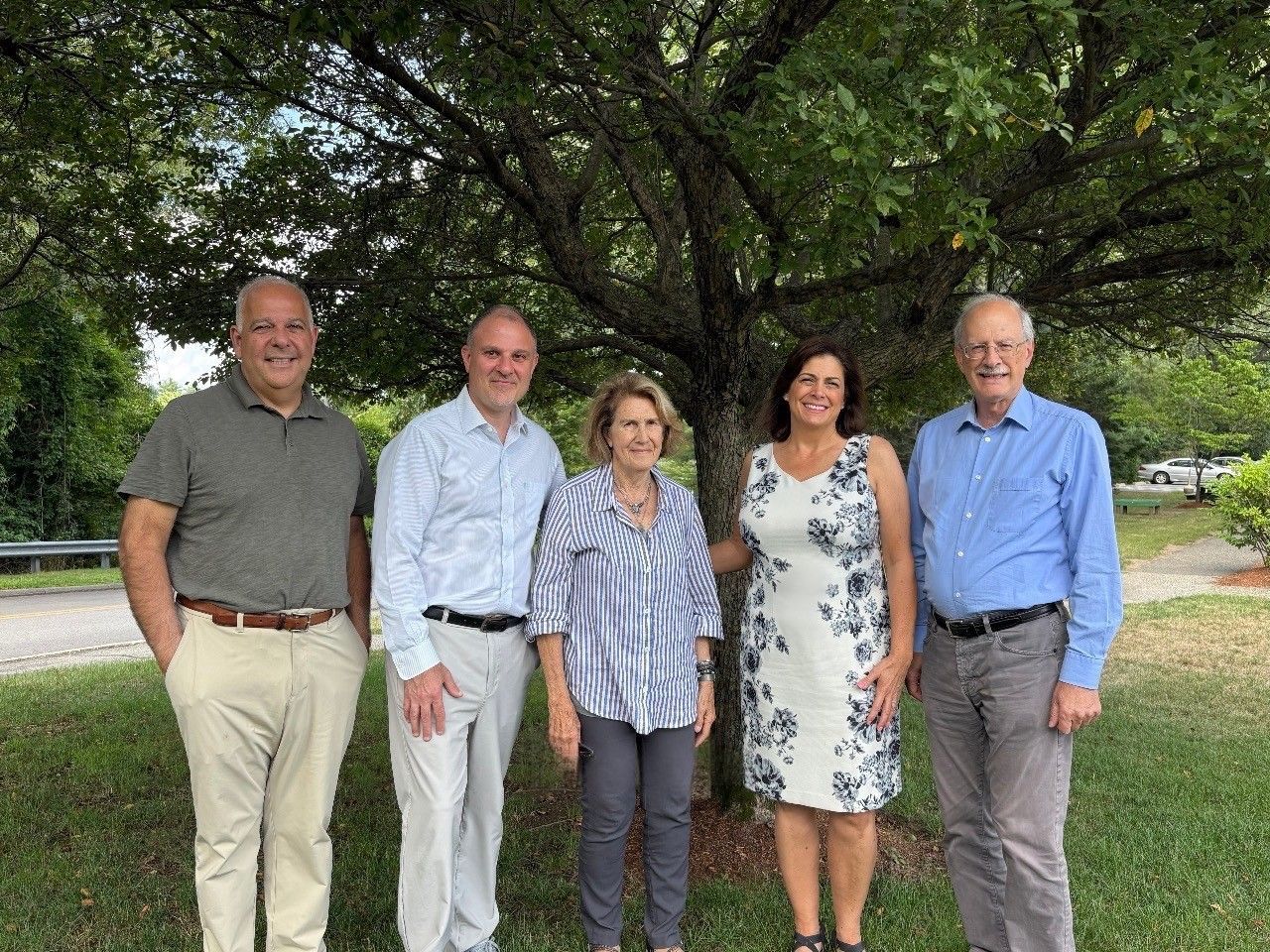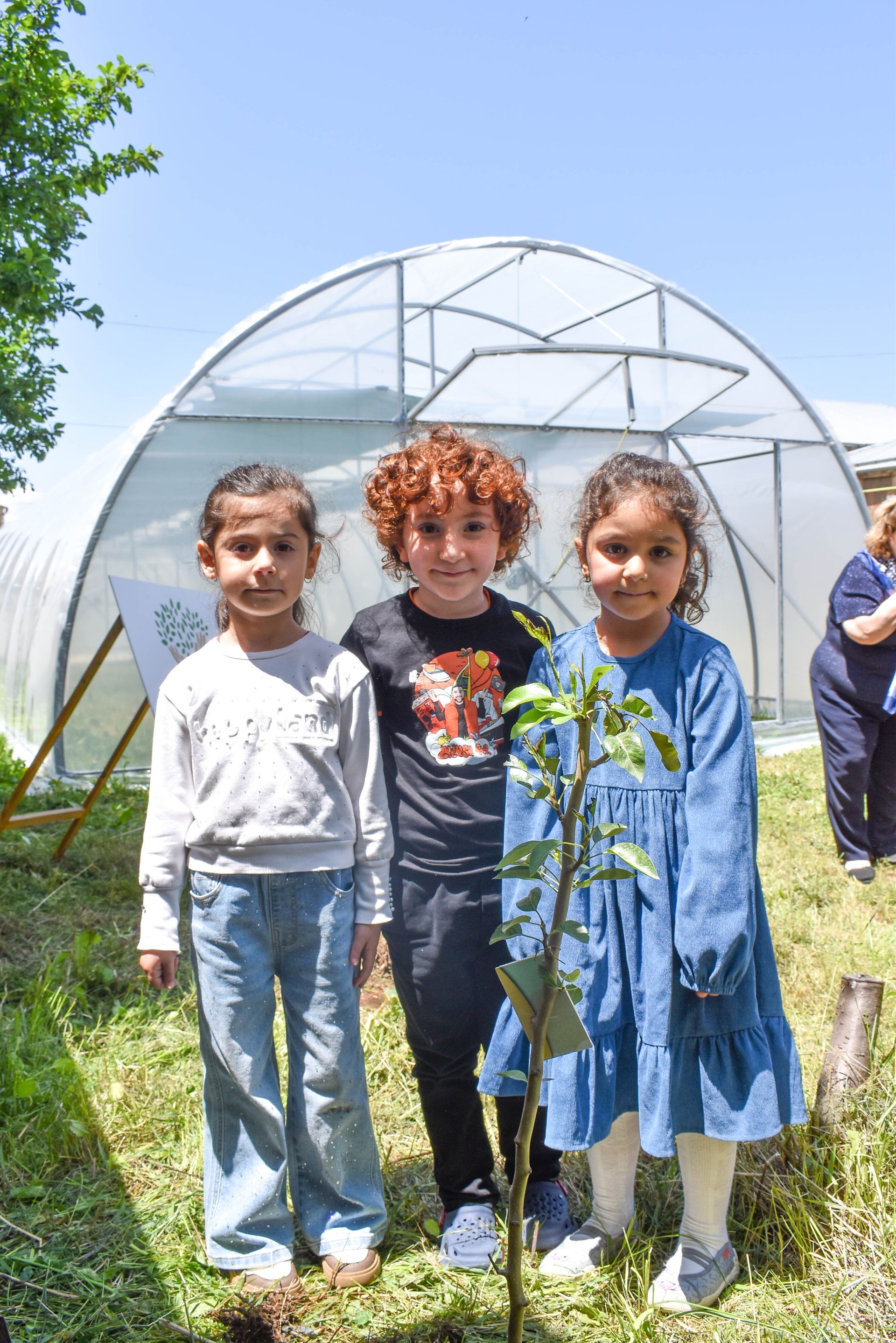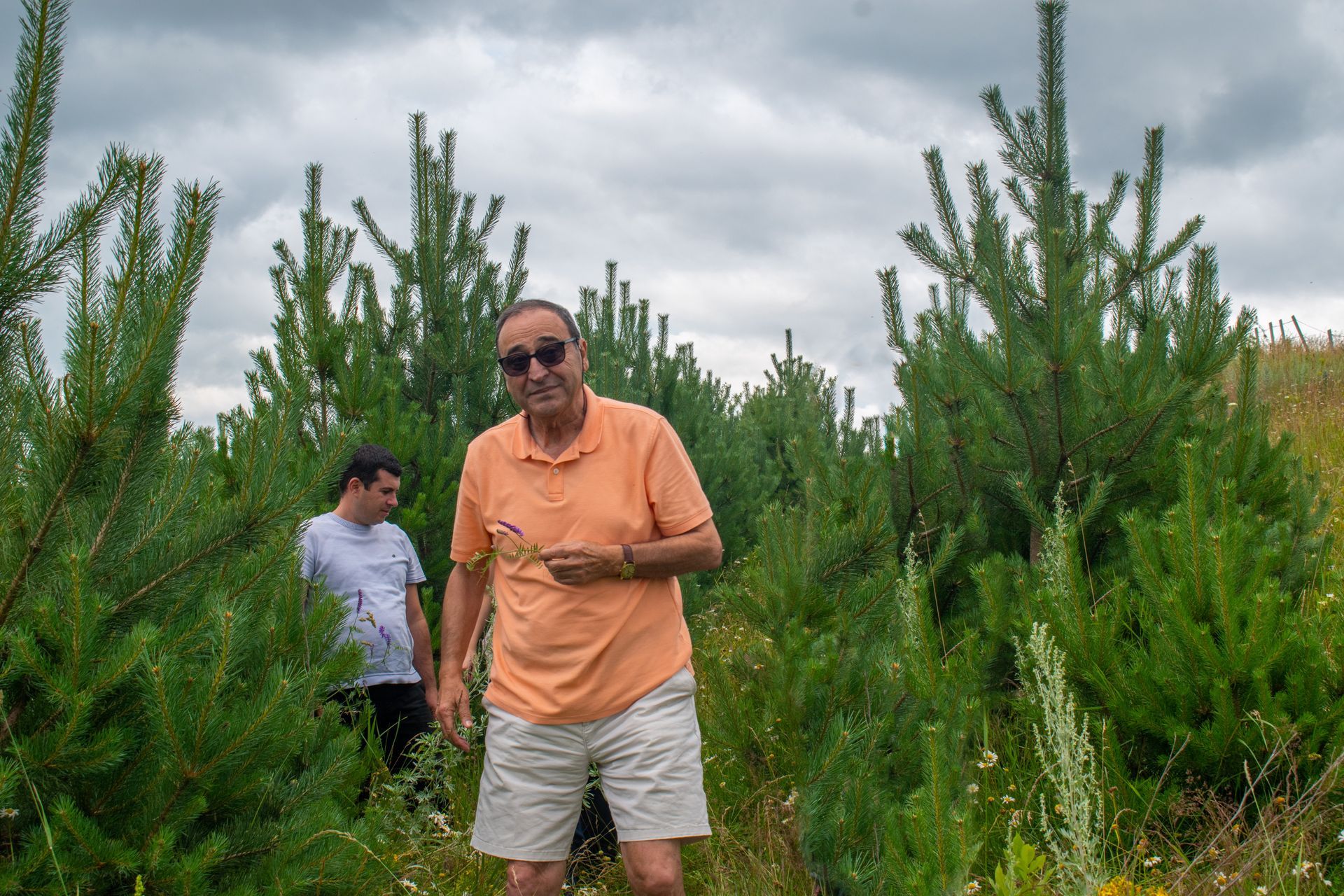Rooted in Resilience: Armenia Tree Project Plants Its 9 Millionth Tree
30 Years of Growth, a Legacy for Generations
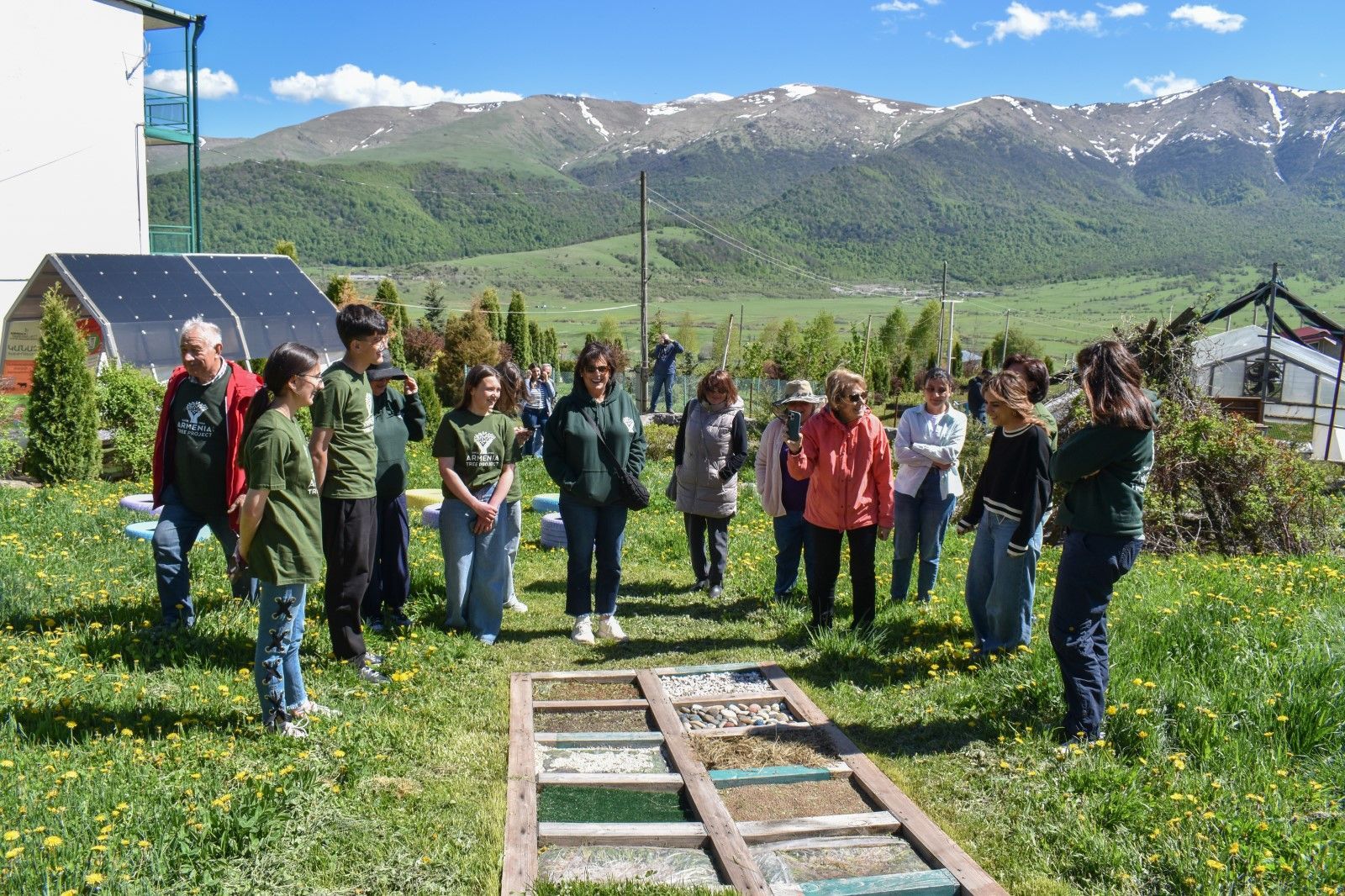
Thirty years ago, a vision took root in Armenia to reforest a scarred, post-Soviet landscape and rebuild a greener, stronger nation. That vision now stands tall, quite literally, with nine million trees planted across the country by Armenia Tree Project (ATP). This May, that milestone came to life at the site of ATP’s first nursery in Karin, where community members, dignitaries, and ATP staff gathered to plant the nine-millionth tree: not just a symbol of ecological success, but one of national healing, perseverance, and hope.
From Scarcity to Stewardship
When ATP was founded in 1994 by Carolyn Mugar, Armenia was in crisis. The collapse of the Soviet Union, an energy blockade, and war had devastated the country’s forests. Trees were cut for fuel and survival, leaving behind barren hills and eroded soil. But what began as a grassroots reforestation effort has become one of Armenia’s most powerful environmental and humanitarian success stories.
Under the leadership of Executive Director Jeanmarie Papelian, ATP has expanded its reach exponentially. Now celebrating her 10th year with the organization, Jeanmarie has overseen programs that plant over 1 million trees annually, while also deepening ATP’s roots in community development, refugee support, and environmental education.
A Tour Through Change
The 9 millionth tree planting celebration was more than a ceremonial event, it was a journey through the heart of ATP’s mission. Participants traveled from Yerevan to the scenic Lori region, stopping at four ATP nurseries that reflect the diversity and depth of the organization’s work.
In Margahovit, they visited the Mirak Nursery, the largest in Armenia, which grows three million seedlings and supplies forests like the Hrant Dink Memorial Forest that now cloak the mountains with new life. In Vayots Dzor, at The Betty Nursery, visitors learned about fruit tree cultivation and ATP’s Community Tree Planting Program, which supplies trees to schools, parks, and churches across Armenia.
In Khachpar, ATP’s nursery is experimenting with ancient grape varietals and cultivating mulberry trees to support Armenia’s manuscript heritage with locally produced mulberry paper, reviving lost traditions in partnership with the Matenadaran.
And finally, in Karin, where ATP’s story began, guests witnessed the historic moment at Semonian Park, surrounded by a new wave of refugees from Artsakh who, like those before them, are being supported through nursery jobs and new programs like Resilient Roots, a greenhouse initiative that helps displaced families grow food and generate income.
More Than Trees
ATP's work goes far beyond planting. At the core is education, environmental knowledge passed from generation to generation. Through 44 Eco-Clubs and partnerships with schools nationwide, children like 14-year-old Vahe Yeghiazaryan in Nor Geghi are learning to lead environmental change in their communities. Students are planting orchards, reducing waste, and even building outdoor classrooms beneath apple trees they helped grow.
“We’re not just learning theory,” said Vahe. “We’re learning by doing. Sometimes failing. And then doing it again.”
In Armenia, where public resources are often scarce, ATP’s environmental education program, reaching nearly 100,000 youth, offers more than science lessons. It gives students a purpose, a passion, and a platform to lead.
A Global Effort, A Local Impact
The 9 millionth tree brought together representatives from the World Food Programme, UN, World Bank, embassies, and Armenian businesses, proof that ATP’s work transcends borders and politics. It’s about collaboration. About healing the land. About ensuring Armenia’s forests are not a thing of the past, but a promise to the future. Even volunteers like Alex Mirak Kew, an Armenian-American who doesn’t speak the language, find connection in the work.
“You don’t need to speak Armenian to plant a tree,” Alex says. “You just need to care.”
Looking Ahead
ATP has no intention of slowing down. With new programs, growing nurseries, and a rising generation of eco-leaders, the organization is now planning its path toward 10 million trees and beyond. Whether restoring forests in Lori, planting fruit orchards in Syunik, or greening city schools in Yerevan, every tree planted represents a commitment to Armenia’s resilience.
Because in Armenia, a tree is never just a tree. It’s shade for a schoolchild. Fruit for a family. A job for a refugee. A legacy for generations. And now, with 9 million trees in the ground, the roots of change are here to stay.



